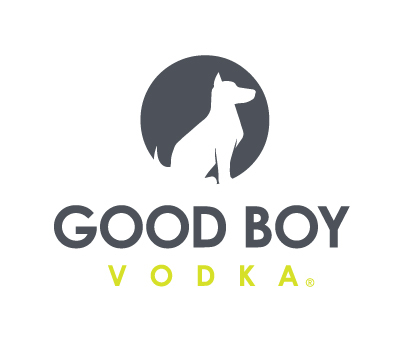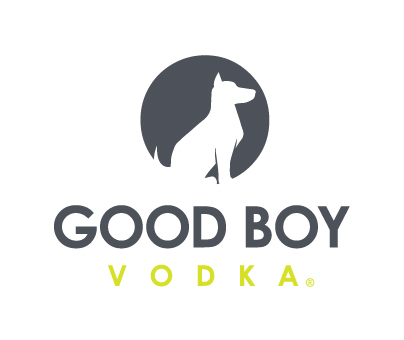Lessons From Expo West: A Focus on Special Diets – Probiotics, Vegan, and Gluten-Free
FBU attended several of the educational sessions featured at the 2015 Natural Products Expo West, and it was apparent that the ones focused on special diets were drawing in the biggest crowds. While not an examination of the science behind the diets, the sessions did focus on the evolution and rise in consumer adoption of each, and, consequently, the effect on innovation for manufacturers.
Our coverage focused on three such sessions: The Evolution of Gut Health and Gluten, Vegan Market Research and Brand Positioning, and Gluten Free Labeling 101: How the FDA Rule Affects You and Your Customers. FBU entrepreneurs can use the following information to educate your consumers, forecast trends and identify the next phase of development for these special diets.
Lesson 1: Probiotic Health and Gluten-Sensitivity Are Related Trends
Both probiotic health and gluten-free diets are fast-growing trends, but who knew that they may be related?
To give some perspective on market size, GlobeNewswire and market research firm Mintel pegged the market for probiotics and gluten-free products at $30 billion and $10.5 billion respectively in 2013, with probiotics expected to grow at a compound annual growth rate of 7.7 percent until 2020 and the gluten-free market to grow annually at 19.2 percent until 2019.
Elisa Bosley, editor-in-chief of Delicious Living Magazine and Dr. John Glidea, research director at the University of Virginia, examined the reasons for an increase in gluten allergies and the science of gluten and its effects on gut health.
From an increased use of antibiotics to the use of high-gluten flour (which is commonly used to give bread greater shelf-stability), the speakers hypothesized the many reasons for what seemed to be an increased incidence of gluten sensitivity.
According to Glidea, digesting gluten, for anyone, releases toxins that can break down the lining of a person’s intestines, causing inflammation and other harmful side effects. Probiotics can provide nourishment for that lining and keep those cells strong.
So what’s the takeaway from the session? The food and beverage industry could see correlating growth in gluten-free products and those that support probiotic health as more signs point to gluten-sensitivity and gut health as related.
Lesson 2: The Vegan Market is Going Mainstream
The vegan market is not just for vegans. It’s for vegans, semi-vegans or “flexitarians,” and consumers who might just want to be vegans on a certain Sunday of the month.
That message — that the vegan market is more than just a place for veggie and tofu purists — was something that speakers Eric Pierce, Director of Strategy and Insight in New Hope Natural Media, Jenna Blumenfeld, Senior Food Editor for New Hope Natural Media and Joseph Connelly, Publisher and Co-Founder of VegNews, offered to session attendees.
Pierce began the session with several chart-filled slides explaining why the vegan market was becoming much larger than most manufacturers think. One of the slides showed that of consumers surveyed, only 2 percent identified themselves as vegan.
However, 26 percent considered themselves “flexitarians,” a term meaning “semi-vegetarians.” Only 7 percent considered themselves vegetarians, but an increasing number of consumers indicated they were interested in reducing meat consumption. When all those groups are put together, Pierce predicts it as roughly 39 percent of the shopping market.
To drive home the notion that vegan consumption was making its way into mainstream markets, Connelly offered statistics showing the reasons why consumers were going vegan. Eleven percent say they do it for environmental reasons and 23 percent say it’s related to animal welfare. However, 35 percent say they buy vegan because it is healthier than traditional diets.
Still, the speakers emphasized the importance of understanding vegan values to succeed in the industry. Vegan consumers, whether strict or not, relate to mission-based businesses, are spending more time reading labels, and no longer focus on just price. They want variety and more accessibility to vegan products.
The takeaway from this talk can be summed up by a line Pierce said in jest at the outset of the session: “Anyone who has purchased a carrot can be considered a vegan consumer.” The reality is that entrepreneurs focusing on animal-free food production may finally see from market research that developing in such a specialty market is a worthwhile endeavor.
Lesson 3: New FDA Gluten-Free Labeling Regulations May Affect Manufacturers and Consumers
Until last year, there was no U.S. labeling definition or standard for food or beverage companies using the term “gluten free.” According to speaker Beth Hillson, who is president of the American Celiac Disease Alliance, consumers were confused between terms like gluten-free, free of gluten, no gluten, without gluten and what those words meant.
In August, the FDA passed a ruling requiring that all food and drinks labeled as gluten-free, or any variations of the term, must contain less than 20 parts per million (ppm) of gluten in the product. The FDA stated that since gluten-free is a voluntary claim that manufacturers choose to put on their labels, should they choose to include the claim, they are accountable for it to be truthful, not misleading, and comply with all requirements established by the FDA. Companies had one year to get into compliance or risk regulatory action from the FDA.
While this is good news for consumers who can use the new ruling to leverage enforcement measures, the takeaway from the talk was that we could see many companies drop the gluten-free label because testing for the 20 ppm standard can be expensive and any company labeling their products gluten-free face high scrutiny from the FDA.
Currently, there are no rules in the FDA for labeling products “low-gluten” or “very low gluten,” but the FDA discourages claims other than gluten-free. Products labeled with such claims as “low gluten” and “very low gluten” will be evaluated on a case by case basis.



















